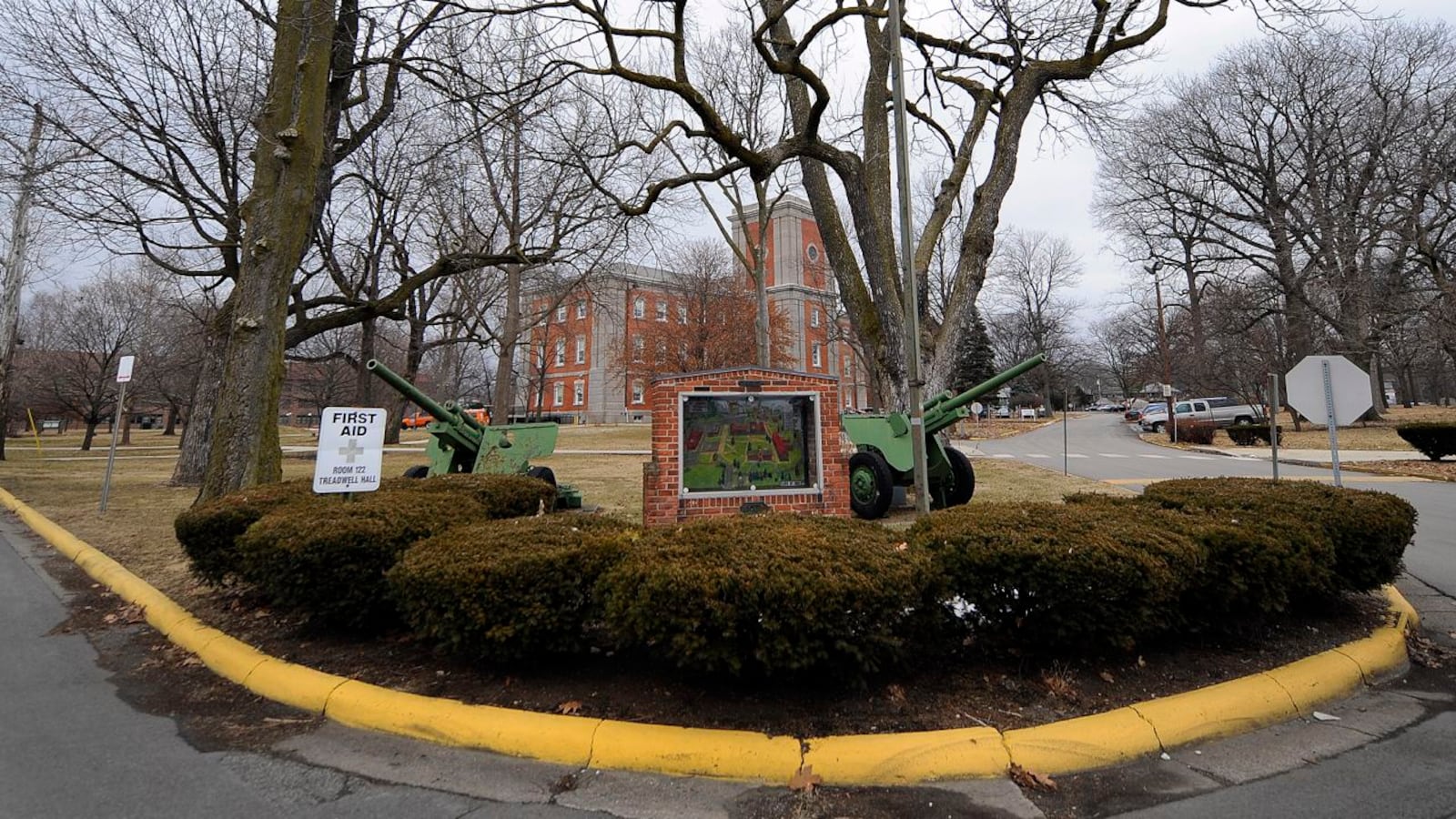More advanced course options for Indianapolis Public Schools students is one possible advantage to changing the way high schools are arranged, especially if it results in more students in grades 9 to 12 grouped together on fewer campuses.
As part of a plan to push for more students to take Advanced Placement courses, school board members Tuesday discussed the idea of fewer high schools with more students in the future.
“You can offer more higher quality education options,” board member Sam Odle said. “There’s probably no other way to raise the quality of the options if we can’t get more students in the building.”
Superintendent Lewis Ferebee has pushed for shifting junior high school students out of community and magnet high schools, which typically serve grades 7-12 or 6-12. Earlier this year, the board told him to create a plan to do so. The combined middle and high school was a major strategy for Ferebee’s predecessor, Eugene White, to try to curb dropouts in ninth grade.
Ferebee has said he prefers to move toward having more K-8 elementary schools, which would spread seventh and eighth graders across the city rather than congregate them in a smaller number of middle schools or combined high schools. Junior high schoolers have some of the lowest test scores in the district.
After that shift, he said, IPS could consider where the district’s roughly 6,000 high school students would best be housed.
“Collapsing 9 -12 into a smaller number of high schools allows us to offer more,” he said.
Ferebee has pointed out in the past that all of the district’s roughly 4,500 high school students who attend five general high schools — Arlington, Arsenal, Northwest, George Washington and John Marshall — could theoretically be housed at one site, perhaps the sprawling Arsenal Tech High School campus.
But other options could be two or three general education high schools. Last year, the largest of those schools, Arsenal, with 1,831 high school students, was almost twice the size of the next largest high school, Northwest, with 1,089. George Washington had 800 high school students, John Marshall had 595 and Arlington had 218.
Another 1,465 high school students attend four IPS magnet high schools — Crispus Attucks, Shortridge, Broad Ripple and Key Learning Community.
The big variation in high school size means vastly different Advance Placement offerings. Districtwide, IPS offers AP courses in 16 subjects: biology, calculus, computer science, Spanish language, U.S. History, world history, government and politics, chemistry, English language, English literature, environmental science, microeconomics, physics, statistics, studio art and music history.
But some IPS high schools offer as few as five of those. Right now, the principal decides which courses to offer based on student interest, teacher interest and by considering whether student SAT scores suggest they can handle the rigor of the course.
Last year just 9 percent of IPS high school students took an AP course. This year, that number is up to 12 percent. The district has set goals to reach 16 percent next year and 20 percent in 2017-18.
AP courses are a staple of academic plans for students who want to graduate with an Indiana Academic Honors Diploma. Last year, 17 percent of students were on track for that diploma. This year, the number is 19 percent. Again, the district’s goal is to boost those numbers to 21 percent next year and 23 percent in 2017-18.
To get there, The district is planning teacher training run by the College Board, the national organization that creates AP courses, as well as support for schools from curriculum coaches who can lead further training and planning meetings.
The district could start the transition toward more K-8 elementary schools as early as the 2016-17 school year. Ferebee has said since he arrived at IPS in 2012 that the district’s 12 grade configurations scattered among more than 60 schools is “convoluted” at best and unsafe at worst.

